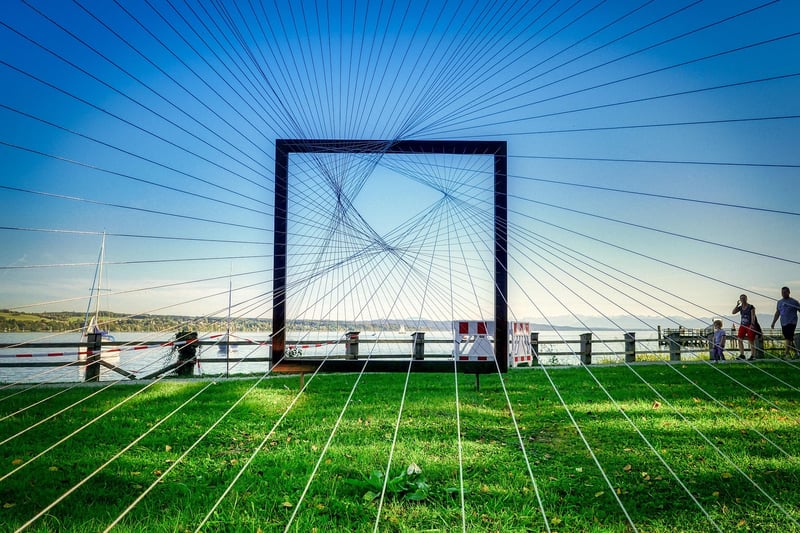Dynamic Installations
Art in Motion: Exploring Dynamic Installations
Art installations have long been a captivating form of artistic expression, but in recent years, a new trend has emerged – dynamic installations that come to life through motion and interactivity. These installations blur the lines between art and technology, creating immersive experiences that engage the senses and spark creativity. Let's delve into the world of dynamic installations and discover how artists are using movement to redefine traditional art forms.
The Fusion of Art and Technology
Dynamic installations combine traditional artistic elements with cutting-edge technology to create a multi-sensory experience for viewers. By incorporating movement, light, sound, and interactive elements, artists are able to transform static spaces into dynamic environments that evolve over time. These installations often respond to the presence of viewers, inviting them to become active participants in the artwork.
Examples of Dynamic Installations
One notable example of a dynamic installation is "The Swing" by artist Tanya Clarke. This installation features a series of swings equipped with LED lights that change color in response to the swinging motion. As viewers interact with the swings, they create a mesmerizing display of light and movement, turning the space into a playground of color and sound.
Image for reference:

Another compelling example is the "Rain Room" by Random International, which uses motion sensors to create a simulated rain shower that stops falling wherever a person walks. This interactive installation allows viewers to experience the feeling of walking through a downpour without getting wet, challenging their perceptions of space and reality.
Impact and Future of Dynamic Installations
Dynamic installations have the power to transform public spaces, galleries, and events by engaging audiences in new and exciting ways. As technology continues to advance, we can expect to see even more innovative and immersive installations that push the boundaries of art and creativity. By blending art with motion and interactivity, artists are reinventing the way we experience and interact with art, opening up a world of possibilities for the future of artistic expression.
